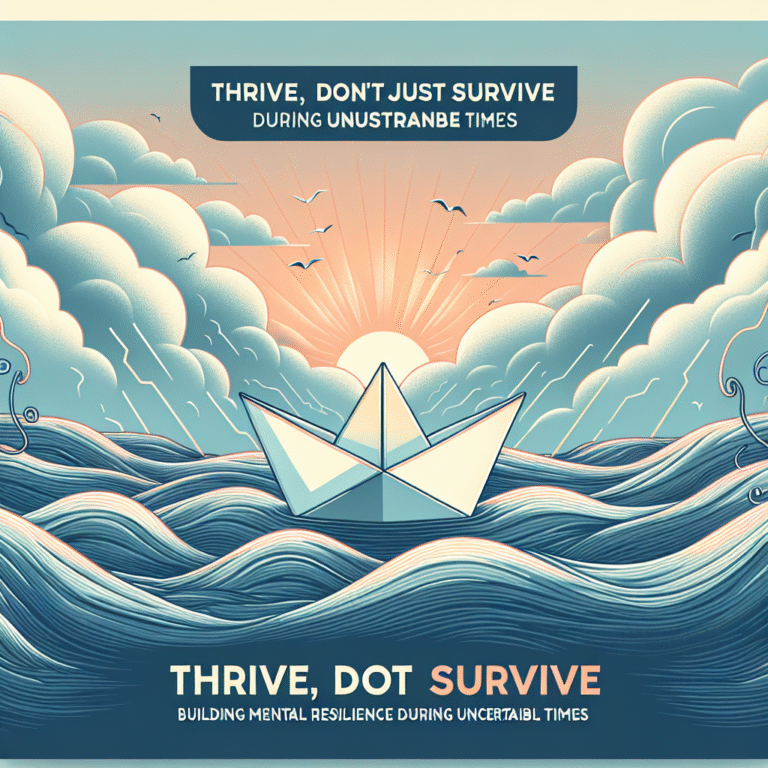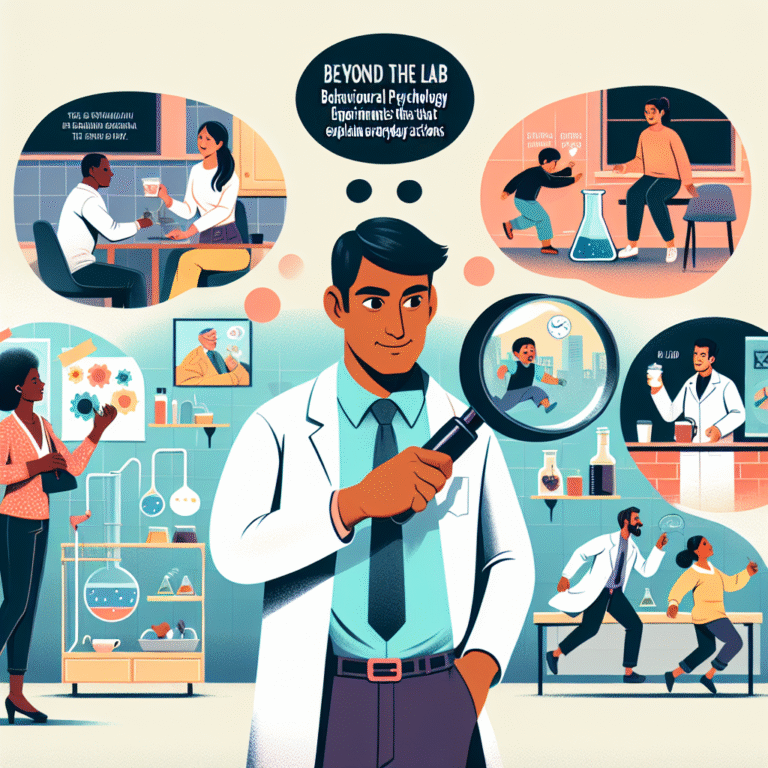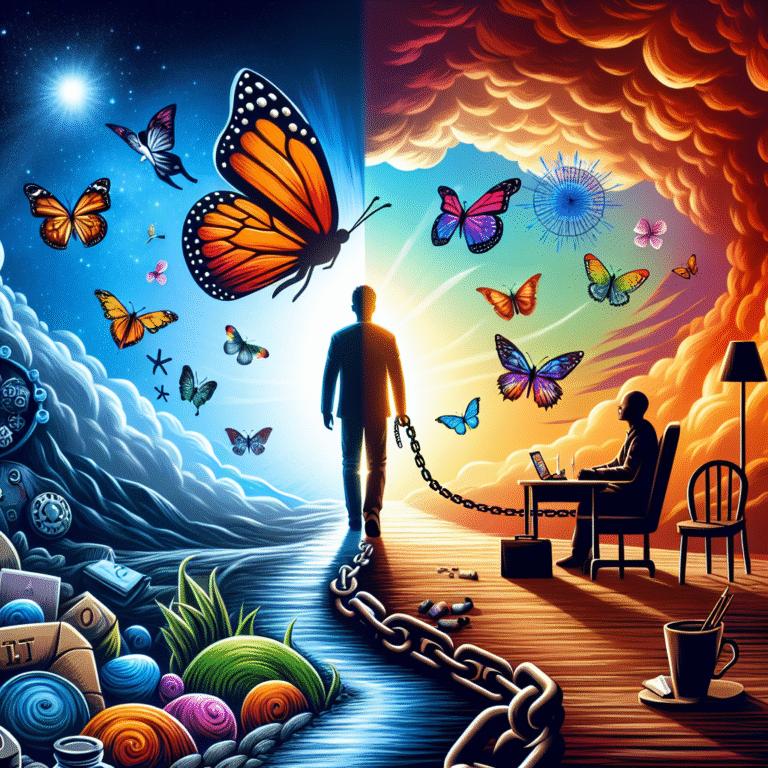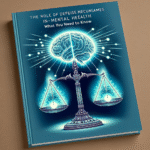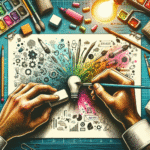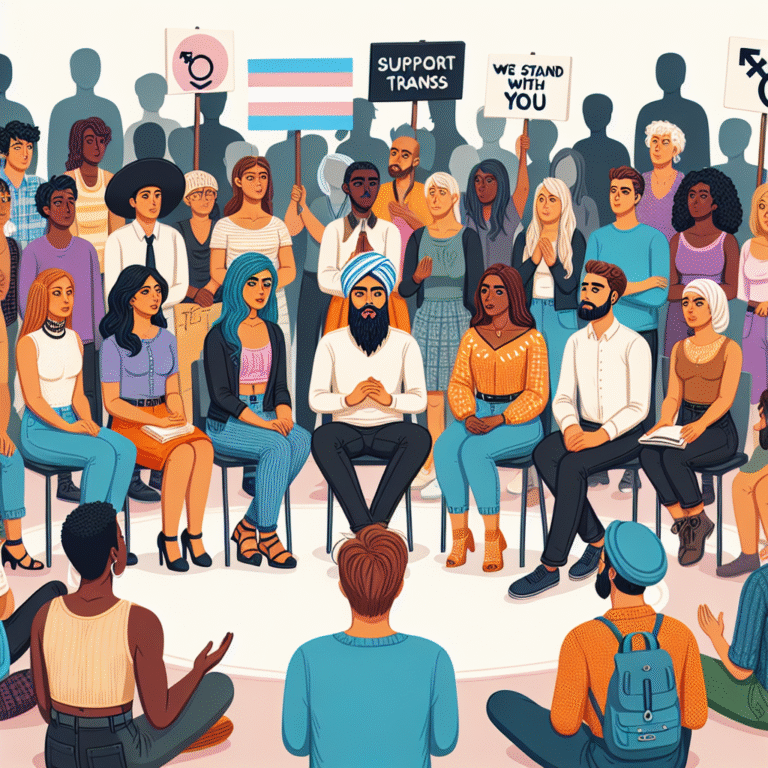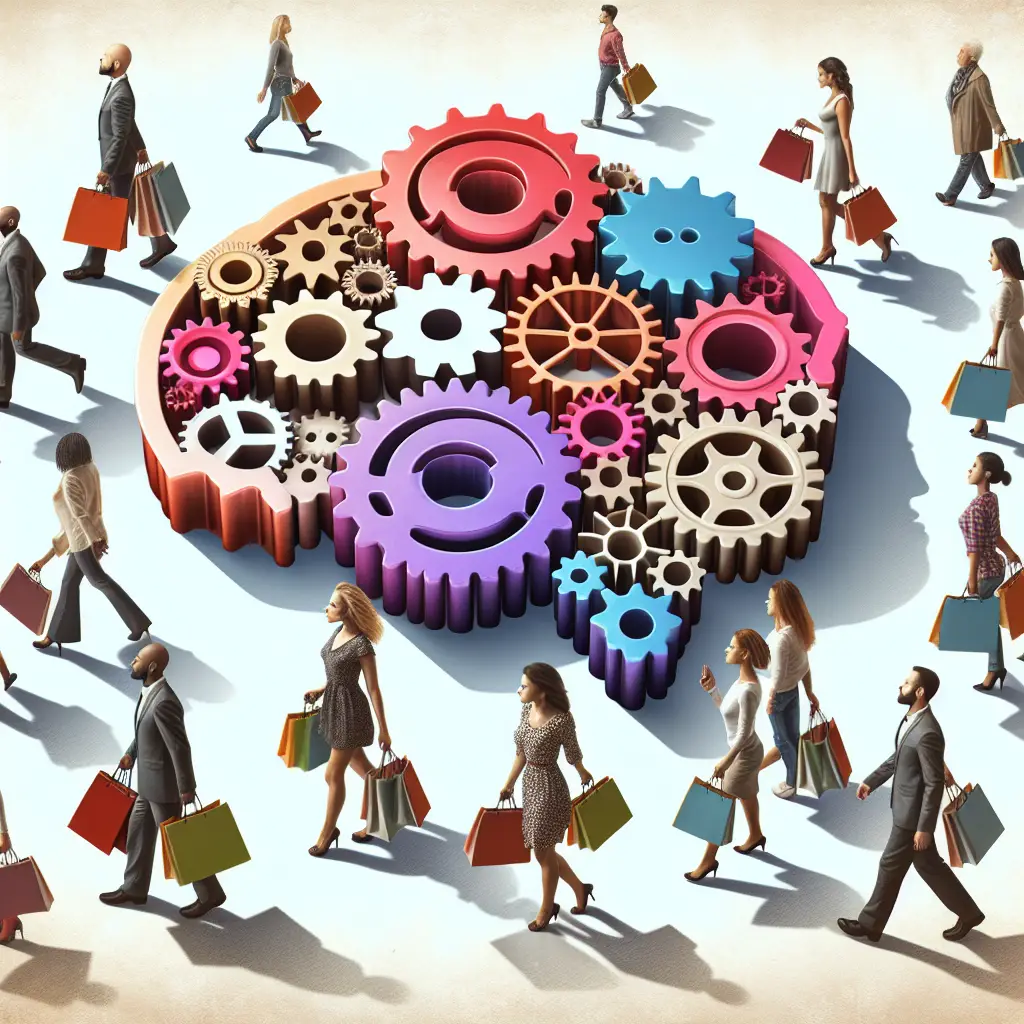
The Psychology of Shopping: Understanding How Behavioral Insights Shape Consumer Decisions
Introduction: The Irresistible Allure of Shopping
Have you ever found yourself wandering through the aisles of a store, your shopping list forgotten, as your eyes are drawn to colorful displays and enticing offers? You’re not alone. The act of shopping is more than just a transaction; it’s a complex interplay of emotions, social influences, and cognitive biases. In this comprehensive exploration of The Psychology of Shopping: Understanding How Behavioral Insights Shape Consumer Decisions, we will delve into the fascinating world of consumer behavior, uncovering how psychological principles guide our purchasing patterns.
From the moment we step into a store or browse an online marketplace, every decision we make is influenced by a myriad of factors—some conscious, others subconscious. By understanding these dynamics, retailers can craft better shopping experiences and consumers can make more informed choices. Whether you’re a marketing professional seeking insights for your brand or simply curious about why you buy what you do, this article will provide valuable perspectives and practical applications.
The Fundamental Principles of Consumer Behavior
1. Motivation: The Drive Behind Purchases
Motivation is a critical component that dictates the desire to make a purchase. According to Maslow’s Hierarchy of Needs, consumers are driven by a range of motivations—from basic physiological needs to self-actualization. Understanding these motivations allows retailers to tailor their offerings effectively.
Case Study: Nike’s Personalized Marketing
Nike has perfected the art of tapping into consumer motivation through personalized marketing. By leveraging consumer data to deliver tailored advertisements, Nike speaks directly to individual needs—whether it’s for performance gear, fashionable streetwear, or personal fitness goals. This strategy not only elevates sales but also fosters brand loyalty.
2. Social Influence: The Power of Others
Humans are social beings, and our shopping habits are heavily influenced by our interactions with others. Social proof, peer pressure, and group dynamics play pivotal roles in shaping our decisions.
Table: Types of Social Influence
| Type of Influence | Description | Example |
|---|---|---|
| Social Proof | The tendency to follow others | Buying products based on reviews |
| Peer Pressure | The influence of friends/family | Choosing brands favored by peers |
| Group Dynamics | Effects of being part of a group | Participating in communal shopping events |
Case Study: Amazon’s User Reviews
Amazon effectively uses social proof by prominently displaying user reviews and ratings. When consumers see that a product has a high rating and numerous positive reviews, their confidence in purchasing increases significantly.
3. Cognitive Bias: Decision-Making Shortcuts
Cognitive biases affect how we perceive value and make decisions. Common biases include:
-
Anchoring: The initial piece of information sets the tone for future judgments. For example, seeing a luxury watch priced at $10,000 first makes a $1,000 watch seem more reasonable.
- Scarcity: Items labeled as "limited edition" or "only a few left" create urgency, compelling consumers to act quickly.
Case Study: Apple’s Product Launch Strategy
Apple effectively employs cognitive biases during product launches. By creating a buzz around the limited availability of new devices, they engage consumers’ sense of scarcity, compelling them to purchase immediately and ensuring high demand.
The Retail Environment: Designing an Influence-Filled Space
4. Store Layout and Design
Store layout significantly impacts consumer behavior. Retailers design stores to maximize exposure to products and encourage impulse buying.
-
Grid Layout: Common in grocery stores, promotes quick and efficient shopping.
- Racetrack Layout: Guides customers along a predetermined path, allowing exposure to various products.
Case Study: Target’s Strategic Layout
Target employs a racetrack layout, strategically positioning high-demand essentials at the back of the store. This design forces consumers to walk past numerous other items, increasing the likelihood of impulse purchases.
5. Atmospherics: The Role of Senses
The sensory elements of a shopping environment—lighting, music, scent, and visual displays—play a crucial role in shaping consumer experiences.
Table: Sensory Elements and Their Impact
| Sensory Element | Effect | Example |
|---|---|---|
| Lighting | Affects mood and visibility | Bright lights in grocery stores |
| Music | Influences time spent in-store | Upbeat music in retail environments |
| Scent | Can trigger emotion and memory | Freshly baked bread smell in bakeries |
Case Study: Starbucks’ Use of Atmospherics
Starbucks has mastered the art of atmospherics by employing inviting scents, comfortable seating, and soft music to encourage customers to linger, often resulting in increased purchase volume.
Online Shopping: The Digital Age of Consumer Behavior
6. The Impact of E-Commerce
As the digital landscape continues to evolve, understanding The Psychology of Shopping: Understanding How Behavioral Insights Shape Consumer Decisions online becomes imperative. The convenience of e-commerce impacts decision-making differently than traditional shopping.
- Ease of Access: The ability to shop at any time influences higher purchase frequencies.
- Personalization Algorithms: Online retailers leverage data to recommend products based on past purchases and browsing habits.
Case Study: Amazon’s Recommendation System
Amazon’s sophisticated recommendation engine showcases how behavioral insights drive purchases. By suggesting items based on previous consumer habits and preferences, Amazon enhances the shopping experience and increases sales.
7. The Role of Reviews and Social Proof Online
Like brick-and-mortar stores, online platforms rely heavily on social proof. Consumers often aggregate data from reviews and ratings before making a purchase decision.
Table: Impact of Online Reviews
| Rating | Likelihood of Purchase |
|---|---|
| 5 Stars | 78% |
| 4 Stars | 65% |
| 1-3 Stars | 25% |
Case Study: Yelp’s Influence on Dining Decisions
Yelp has transformed the dining industry by empowering customers to share their experiences. Restaurants with higher ratings and positive reviews are much more likely to attract new patrons, demonstrating the power of social influence in the digital age.
Psychological Triggers in Marketing Strategies
8. Emotional Triggers: Connecting with Consumers
Emotions significantly influence purchasing decisions. Marketing strategies that evoke strong emotional responses are more likely to engage consumers and drive conversions.
- Storytelling: Narratives that resonate with personal experiences create relatability.
- Fear of Missing Out (FOMO): Limited-time offers create urgency by tapping into consumers’ fear of missing exclusive opportunities.
Case Study: Coca-Cola’s "Share a Coke" Campaign
Coca-Cola’s successful "Share a Coke" campaign personalized the consumer experience. By printing popular names on bottles, they encouraged emotional connection and sharing, resulting in increased sales.
9. Pricing Strategies and Perceived Value
The way products are priced can significantly affect consumer behavior and perceived value. Techniques such as price anchoring, psychological pricing, and bundling create favorable perceptions.
Chart: Price Perception
| Pricing Strategy | Example | Consumer Perception |
|---|---|---|
| Price Anchoring | Original price vs. sale price | Higher perceived savings |
| Psychological Pricing | $9.99 vs. $10.00 | Feels cheaper, increases demand |
Case Study: The Impact of Pricing on Consumer Choices
Retail chains like Walmart and Costco use psychological pricing strategies effectively. By pricing items just below whole numbers, they create a perception of lower cost, influencing consumers’ purchasing behavior.
Conclusion: Empowering Consumers Through Understanding
The world of shopping is intricate, deeply rooted in psychological principles that guide our decisions daily. By exploring The Psychology of Shopping: Understanding How Behavioral Insights Shape Consumer Decisions, we find that both retailers and consumers can benefit from a deeper understanding of these dynamics.
As we conclude this exploration, remember that being aware of the psychological aspects at play can empower consumers to make more informed choices, avoiding pitfalls associated with impulse purchases and prioritizing their actual needs. Retailers, on the other hand, should leverage these insights to create rewarding experiences that nurture brand loyalty and satisfaction.
FAQs
1. What role does emotion play in shopping decisions?
Emotion plays a pivotal role in shaping shopping decisions. Customers are often driven by the emotional connections they have with a product or brand, leading to more significant purchasing behaviors.
2. How can retailers effectively use social influence?
Retailers can utilize social influence by showcasing user reviews, employing influencer marketing, and creating community-driven initiatives that foster a sense of belonging among consumers.
3. What is the impact of store layout on consumer behavior?
Store layout significantly affects how consumers navigate a space. Cleverly designed layouts can encourage exploration and impulse purchases, ultimately increasing sales.
4. How does online shopping differ from in-store shopping?
Online shopping removes geographical limitations and provides convenience; however, it lacks the tactile experiences of in-store shopping. Understanding these differences can help retailers create effective strategies for each format.
5. What are some effective pricing strategies?
Effective pricing strategies include psychological pricing, discount anchoring, and bundles, all aimed at enhancing perceived value and driving consumer purchases.
By understanding the psychology behind our shopping behaviors, we can navigate the marketplace with greater wisdom, making choices that truly align with our values and needs. Embrace the insights presented here, and watch how they transform your shopping experience!




